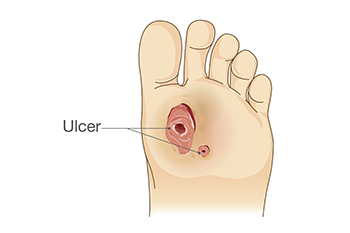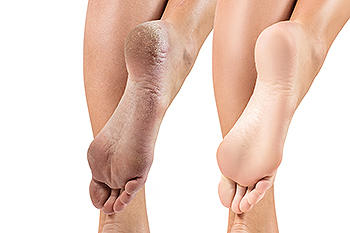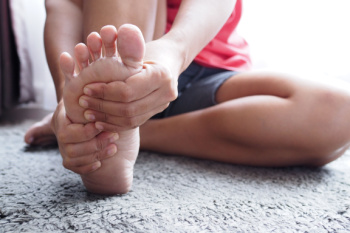
A diabetic foot ulcer is an open sore or wound that develops on the foot due to complications from diabetes. High blood sugar levels can damage nerves and reduce circulation, increasing the risk of ulcers. The three main types are neuropathic ulcers caused by loss of sensation, ischemic ulcers from poor blood flow, and neuroischemic ulcers that combine both problems. Treatment involves cleaning the wound, removing dead tissue, applying specialized dressings, and addressing infection or circulation issues. A podiatrist plays a vital role in managing these ulcers by performing wound care, monitoring healing, recommending protective footwear, and helping prevent recurrence. If you have diabetes and have developed a foot wound, it is suggested that you are under the care of a podiatrist who can determine the type of wound and offer effective treatment solutions.
Wound care is an important part in dealing with diabetes. If you have diabetes and a foot wound or would like more information about wound care for diabetics, consult with one of our doctors from New England Foot & Ankle . Our doctors will assess your condition and provide you with quality foot and ankle treatment.
What Is Wound Care?
Wound care is the practice of taking proper care of a wound. This can range from the smallest to the largest of wounds. While everyone can benefit from proper wound care, it is much more important for diabetics. Diabetics often suffer from poor blood circulation which causes wounds to heal much slower than they would in a non-diabetic.
What Is the Importance of Wound Care?
While it may not seem apparent with small ulcers on the foot, for diabetics, any size ulcer can become infected. Diabetics often also suffer from neuropathy, or nerve loss. This means they might not even feel when they have an ulcer on their foot. If the wound becomes severely infected, amputation may be necessary. Therefore, it is of the upmost importance to properly care for any and all foot wounds.
How to Care for Wounds
The best way to care for foot wounds is to prevent them. For diabetics, this means daily inspections of the feet for any signs of abnormalities or ulcers. It is also recommended to see a podiatrist several times a year for a foot inspection. If you do have an ulcer, run the wound under water to clear dirt from the wound; then apply antibiotic ointment to the wound and cover with a bandage. Bandages should be changed daily and keeping pressure off the wound is smart. It is advised to see a podiatrist, who can keep an eye on it.
If you have any questions please contact our offices located in Wakefield, MA, Nashua and Derry, NH . We offer the newest diagnostic and treatment technologies for all your foot and ankle needs.




